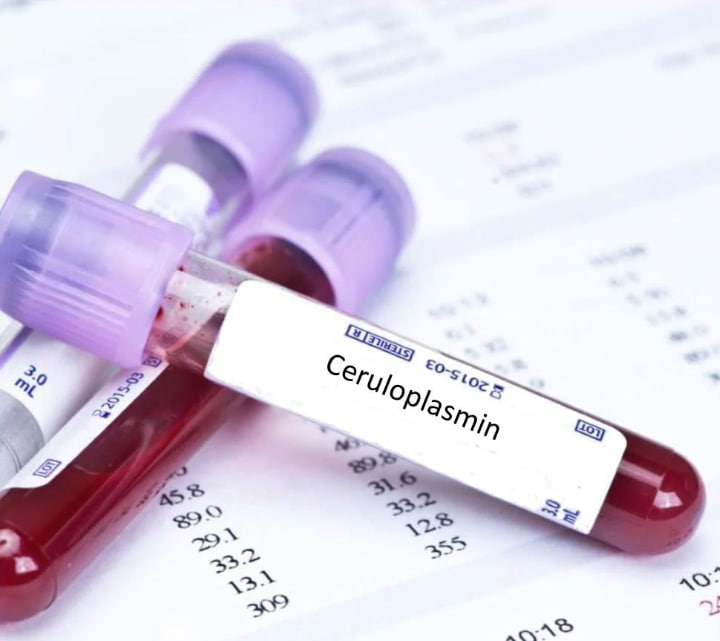Copper Overload Panel
Copper #82525; Ceruloplasmin #82390; Zinc #84630
Copper Overload Testing: Ceruloplasmin, Zinc, and Copper Blood Test Online
Copper imbalance can have significant effects on health, influencing mood, energy, and cellular protection. This Copper Overload Test panel, offered through LabCorp, includes measurements of plasma zinc, ceruloplasmin, and total copper—key indicators in assessing copper metabolism and possible overload.
Understanding Copper, Ceruloplasmin, and Zinc
What is Ceruloplasmin?
Ceruloplasmin is a liver-produced enzyme that binds to copper in the bloodstream, transporting it safely to cells and organs. Unbound copper is referred to as "free copper" or more generally as 'free radicals'. Ceruloplasmin plays a crucial role in protecting tissues from oxidative stress caused by free copper ions, which, when elevated, can contribute to cellular damage, especially in the liver, brain, and kidneys.
The Importance of Copper-Zinc Balance
A balanced copper-to-zinc ratio is essential. High copper levels combined with low ceruloplasmin often indicate copper overload, which may lead to an excess of unbound copper. This imbalance can impair immune function, increase oxidative stress, and impact mood due to copper’s role in neurotransmitter regulation, specifically in converting dopamine to noradrenaline. Elevated free copper is commonly associated with mood-related symptoms, including depression and anxiety, ADHD, insomnia, Post Partum Depression, agitation and other symptoms of copper overload. Chronic low levels of zinc and high levels of free copper are a risk factor in cognitive decline and dementia.
Key Markers in Copper Overload Testing
This test panel measures three primary markers for copper metabolism:
- Total Copper – High levels may suggest copper accumulation in tissues, posing potential oxidative damage to cells.
- Ceruloplasmin – Low levels relative to copper often indicate an imbalance, leading to elevated free copper and risk for tissue damage.
- Plasma Zinc – Zinc acts as a natural counterbalance to copper, with low zinc levels often seen alongside high copper, impacting antioxidant defenses and immune health.
Elevated Copper and Mental Health: The Walsh Approach
The Walsh Approach recognizes the impact of copper overload on mood disorders. By assessing levels of ceruloplasmin, copper, and zinc, the Walsh Protocol aims to identify individuals who may benefit from oxidative stress, caused by high free copper and low zinc, and antioxidant therapy, especially when copper overload is associated with high anxiety and other symptoms of copper overload. Copper imbalance can also impair methylation, particularly when high copper is associated with low zinc. Zinc is an important cofactor in the removal of SAH (S-Adenosyl Homocysteine), a methylation inhibitor. A Walsh Protocol approach emphasizes nutritional balance to address neurotransmitter function as dopamine, norepinephrine and serotonin are impacted by high copper and or low zinc.
Personalized Support with Dr. Dave
When you order this Copper Overload Test, Dr. Dave offers an optional 10-minute phone consultation for $50 to help explain your results and answer any questions you may have. This brief consultation provides personalized insights and helps you understand how the Walsh Approach can guide your treatment plan for improved mood and overall health.
Learn more about copper overload and managing copper, ceruloplasmin and zinc levels here.
| Copper Overload Panel | Test Only, Test plus Phone Consult |
|---|



